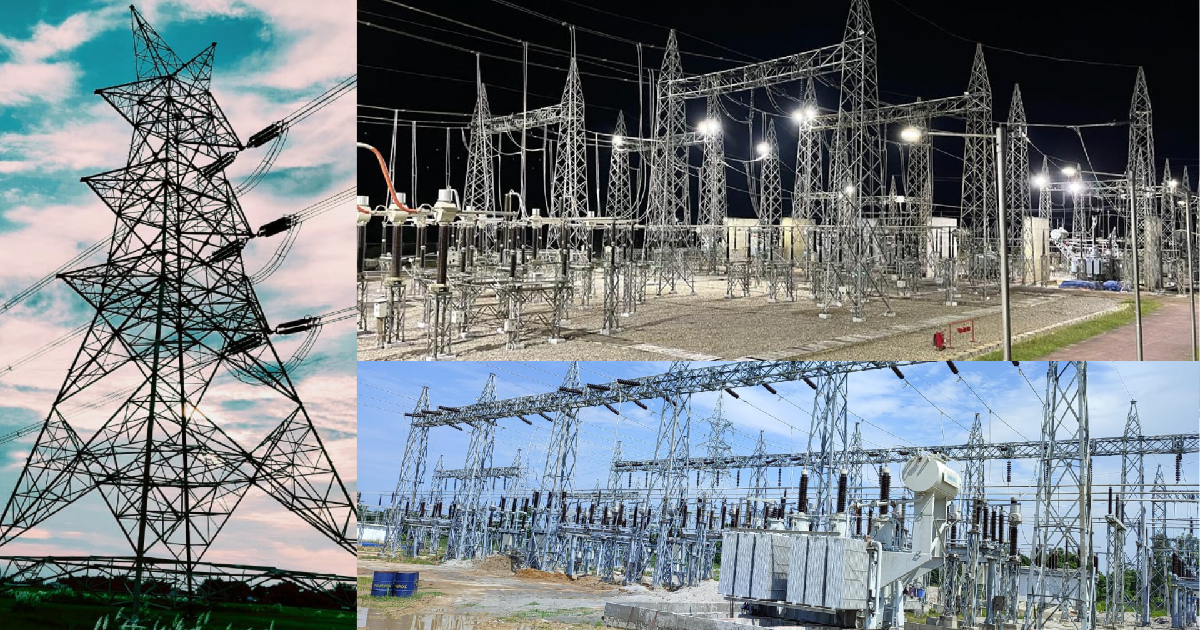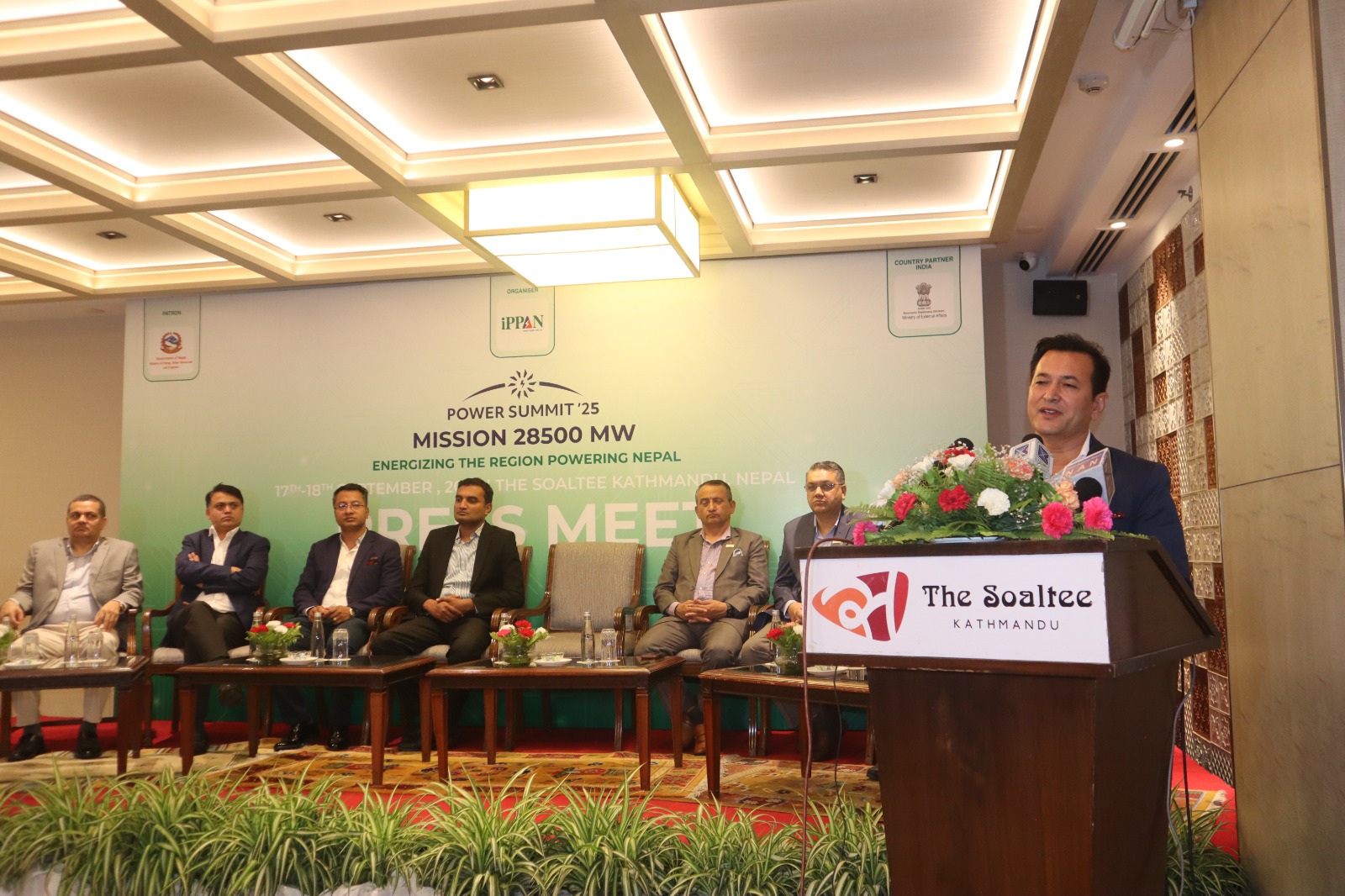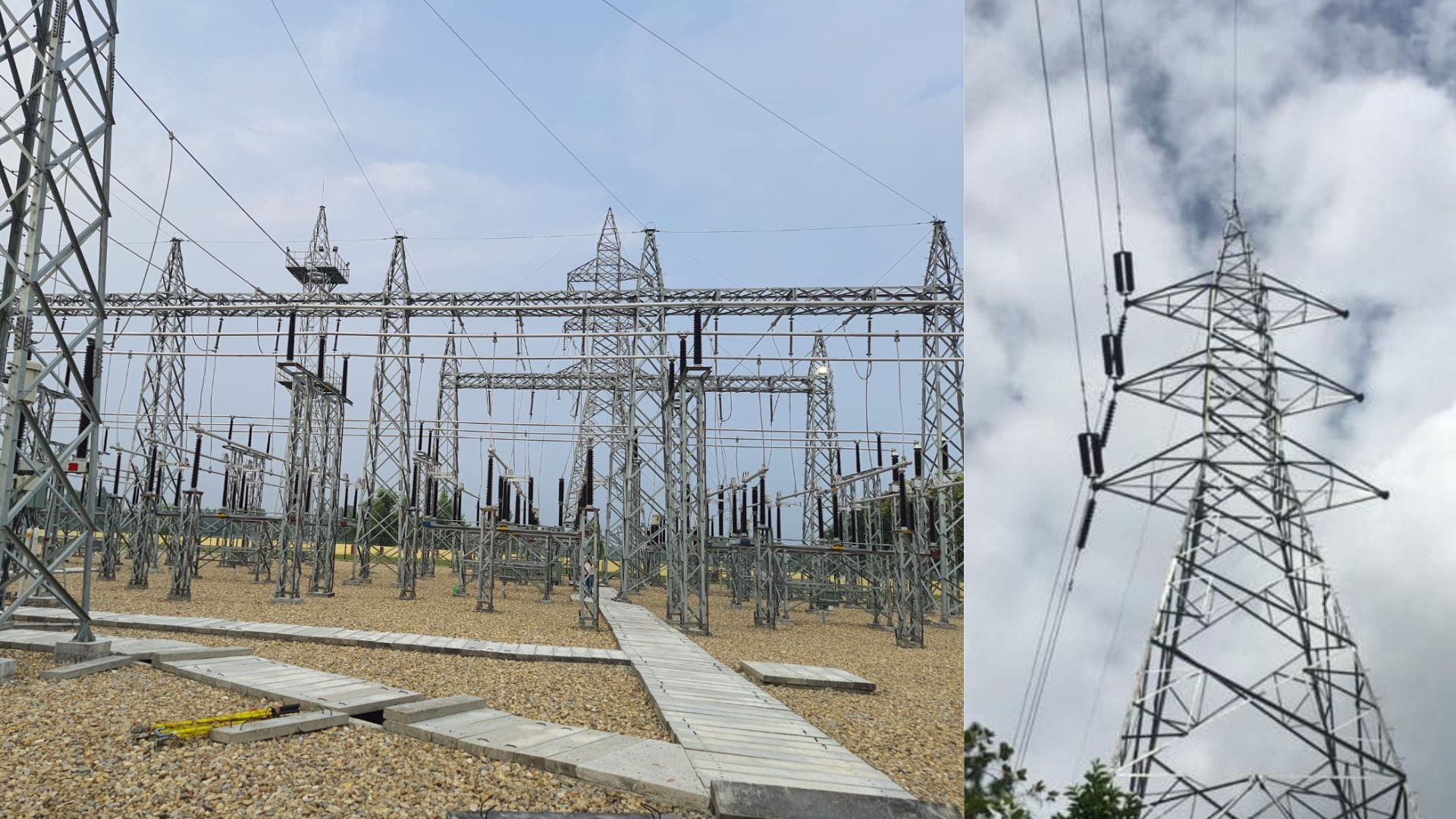
KATHMANDU: Tumlingtar-Basantpur-Inaruwasection of the 220 Kv Koshi corridor Transmission Line (TL) and three substations are operational at full capacity. The NEA has put into cooperation the recently completed 220 Kv Inruwa substation recently. With the commissioning of this substation, the 220/132/33 Kv Tumlingtar substation and220/33 Kv Baneshwor substation at Sankhuwasabha, Tumlingtar-Vasantpur-Inaruwasection of the Koshi corridor (TL) has been operated. Tumlingtar and Baneshworsubstations have power transformers of 260 MVA and 60 MVA capacity respectively. Kulman Ghising, Executive Director of the Nepal Electricity Authority (NEA) said that newly developed electricity structures are a longstanding problem of low-voltage problem in the eastern region and ensure reliable and good quality power supply.
When the 220 Kv TL is operational, hydropower plants in Bhojpur, Sankhuwasabha, and Tehrathum districts will be able to produce electricity at full capacity. “With the construction of the TLs, no power will be wasted,” said Ghising. A 23 km 132 KV transmission line and substation are under construction from Inaruwa Substation to Biratnagar for improving power supply, strengthening and additional structures of Sunsari-Morang Industrial Corridor.
The construction of a 400 kV substation based on a gas insulated system (GIS) at the Inaruwa substation has reached its final stage. Ghising said once the construction of the 400 Kv substation is completed, the Inaruwa substation will become the next big hub for the transmission system that supplies electricity from east to west. “If the electricity could not be consumed in the local area, it can be exported to India through the Dhalkebar substation,” said Ghising. The Koshi corridor under construction is Nepal’s longest 220 KV TL to connect to the national grid. The NEA has signed a Power Purchase Agreement (PPA) to connect 516 MW of 28 private sector projects to this TL.









